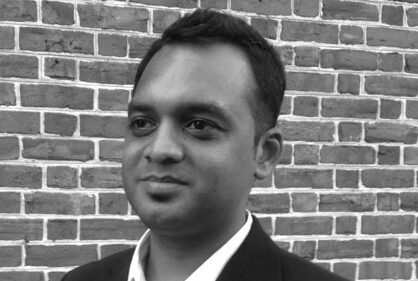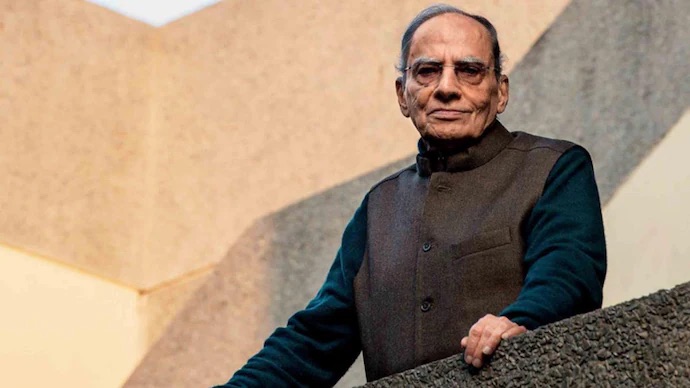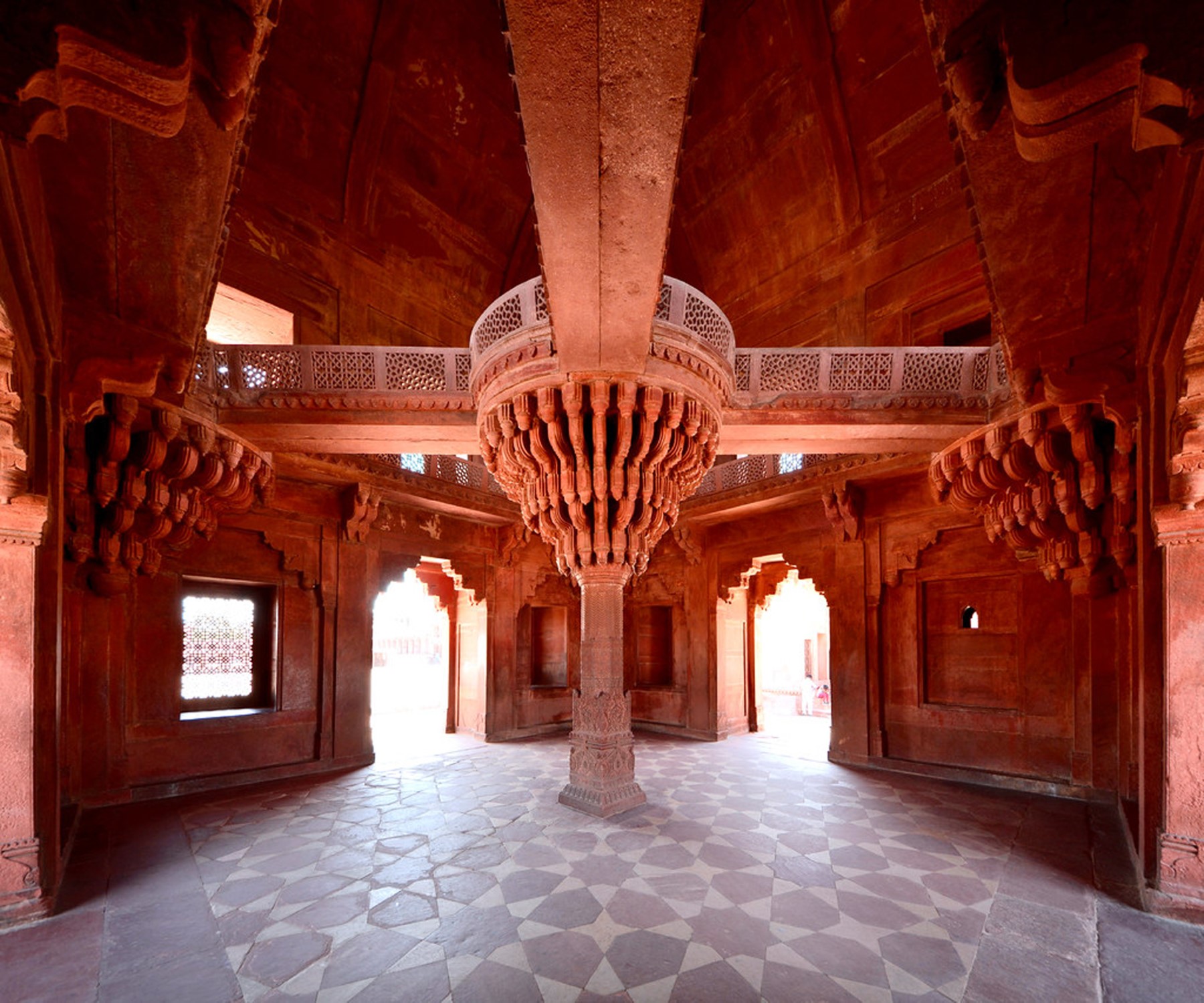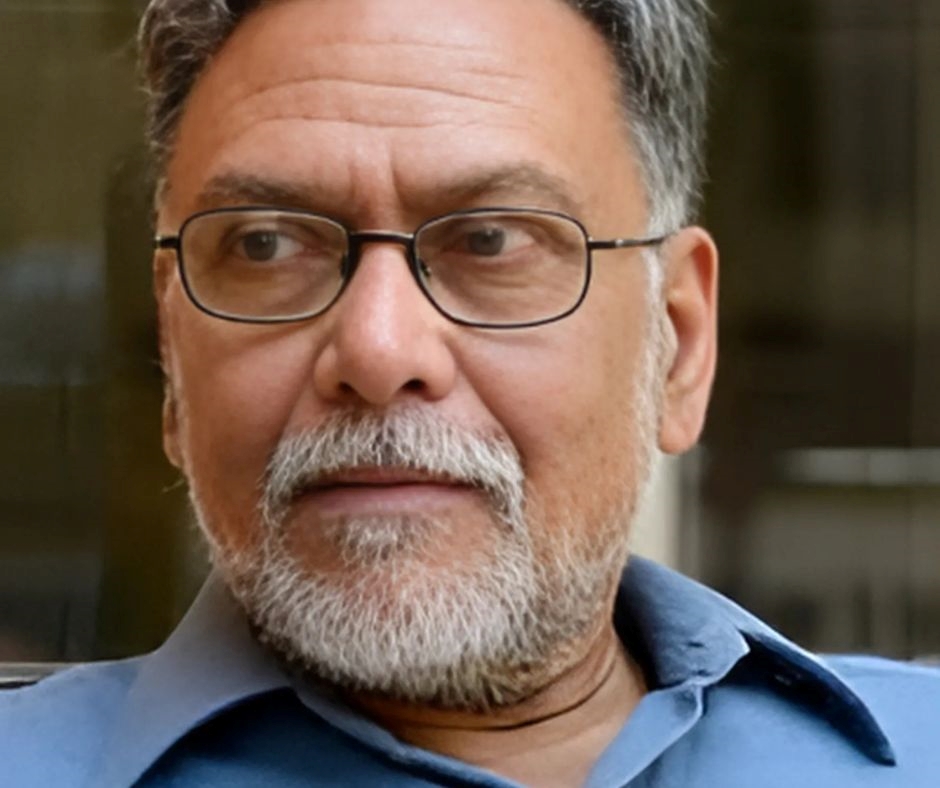Tell us about some important projects that your studio was involved in just before the lockdown.
Amongst the projects we had ongoing, one was the Rane Vidyalaya CBSE school, an educational campus for K12 and a CSR initiative by Rane Foundation India Pvt. Ltd, a leading industrial conglomerate. Phase-2 is under construction. Secondly, we also were working on a school in Lalgudi. We also were working on a 47-room business hotel in Pudukottai, Tamil Nadu that was under construction.
Which were the biggest challenges and fears you faced because of the lockdown?
Our fears of projects going on hold were confirmed when a couple of projects got stalled due to financial and lockdown related impacts.
What were the challenges you faced with the monetary flow in your practice and how are you handling them?
We always maintain a corpus fund in case there is any contingency.
This corpus helped us during unprecedented times.
How are you strategizing to adapt to the new conditions of work upon resumption of office post the lockdowns?
Safety and good health (physical and mental) was a high priority. The staff carpooled to ensure that the use of public transport was minimized.
Were any new methods of work evolved during the lockdown?
Coordination within team members, consultants and contractors were resolved by meeting in virtual platforms more frequently. The market need was very important to clinching new projects. Digital marketing at Shanmugam Associates was critical and we quickly evolved in that space.
What were the biggest learnings from the pandemic? And which decisions and new work methods you feel your studio will continue with for the future?
Having a contingency plan for the functioning of office, finances and projects, will help in case of extreme situations such as this pandemic.
Backing your team to always keep them motivated by giving them support whenever needed both at work and home is very crucial. We also realize the importance of shutting off to rejuvenate ourselves especially in an industry like us.
About the Practice –
Please let us know about the founding year, principals, team and studio.
Shanmugam Associates (SA) is a 40-year-old professionally managed architecture and design firm having offices in Trichy and Chennai. The firm had its inception in 1982 under Architect A. Shanmugam, who was a pioneer in creating awareness of architecture as a profession in southern Tamil Nadu, India. With a huge clientele, rich international experience in the field and exploration into various typologies, SA has its growth laid on a strong foundation. The architecture is simple, rational, powerful, experimental and pragmatic. The essence is to deliver minimal and timeless solutions taking into consideration nature’s sensitivity, economic barriers and client’s requirements. The immense focus has always been given to sustainability and sensitivity towards our nature in SA.
Architect A. Shanmugam completed his Bachelor of Architecture from Anna University. He is the Founding Chairman of the Trichy Chapter of Indian Institute of Architects. He is also a visiting faculty at the Architecture department of NIT-Trichy, CARE School of Architecture, Trichy and other architecture institutions.
The firm is further strengthened with the collaboration of Rajakrishnan and Santhosh Shanmugam. Both were classmates at School Of Architecture and Planning, Chennai. Architect Rajakrishnan has completed a post-graduation in European Urbanism from Bahaus Kollege, Germany. Architect Krishnan has international experience at Rafael Vinoly Architects, London and Massimiliano Fuksas, Rome. Architect Santhosh has completed his MS in Advanced Architecture Design from Columbia University, New York and has worked for five years at Oppenheim Architecture + Design, Miami. He is also a certified LEED Green Associate with the USGBC.
What are some of the processes and work methods unique to your practice?
The concept, climate and context are CCC’s of focus in the design process at Shanmugam Associates. To elaborate further, our focus is on the core practice principles of architectural design. Firstly, the conceptual stage involves looking at user-oriented experiences within the built space. We also try to not separate the exterior and interior spaces but rather integrate both seamlessly into the process. For example, in case of the Northstar Campus, we took inspiration from the Gurukulam kind of learning principles that had the guru impart education to children from sitting in the open under a tree.
Secondly, the climate is a critical criterion when we design buildings in a tropical country like India. Wind directions such as the South- West and North- East, have been factored into most of our projects to create a tunnel effect. In the case of Rane Vidyalaya, heat conductivity has been taken into consideration when we design naturally conditioned classrooms by providing hot air escape routes. Micro-climate certainly impacts the immediate surroundings and therefore at SA we convert all voids into garden spaces and give a high amount of importance to integrate native species when planning the landscape.
The local or regional context influences especially the selection of material and manpower. In the case of the Rane Vidyalaya a school that was built in rural South India, an 800-year-old temple and the surrounding villages within 15-20 km had very interesting construction methodologies that we took a leaf from. There were multiple layers of material used for the façade walls such as heavy stone, random rubble, brick, mud, and finally wood. In other projects, it is also about the form and language of the context.








One Response
I vouch for their design skill and expertise in harnessing local wind flow directions thru tunnel effect and heat conductivity resulting in cost effective natural air conditioning in tropical climate constructions. Also their accent on micro climate management thru exploiting voids into garden spaces is born out of their LEED certified climate conscious architects.
Wishing well for their ongoing projects at Tiruchy, Lalgudi and Pudukottai!!